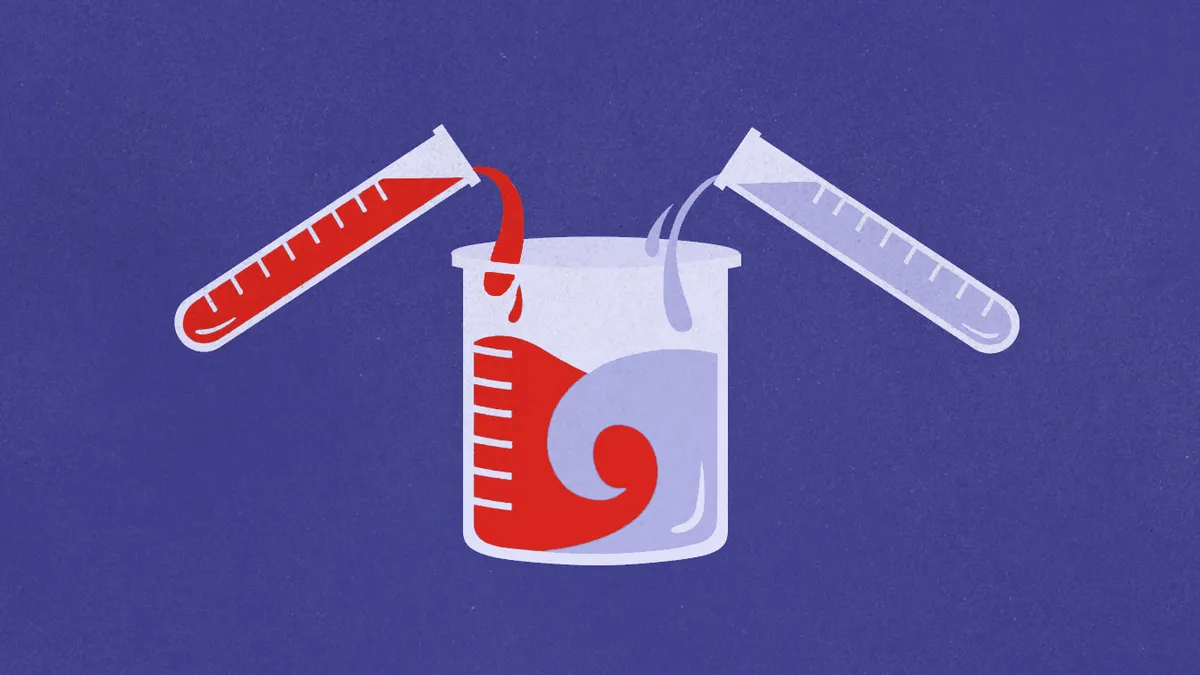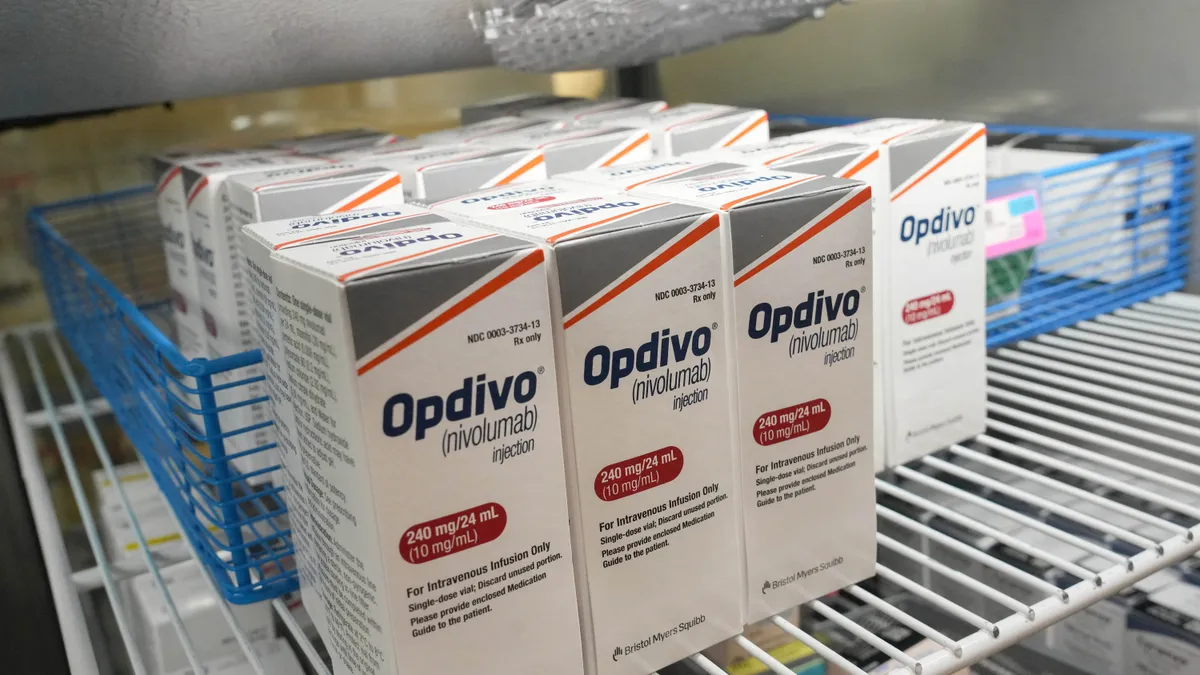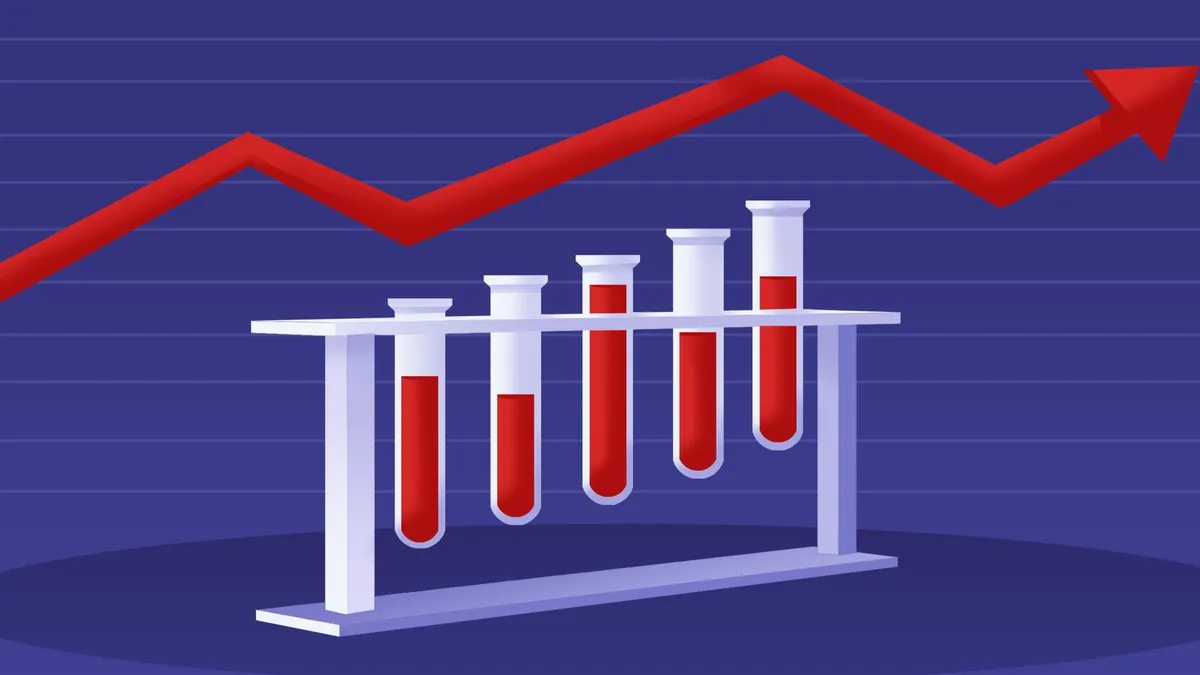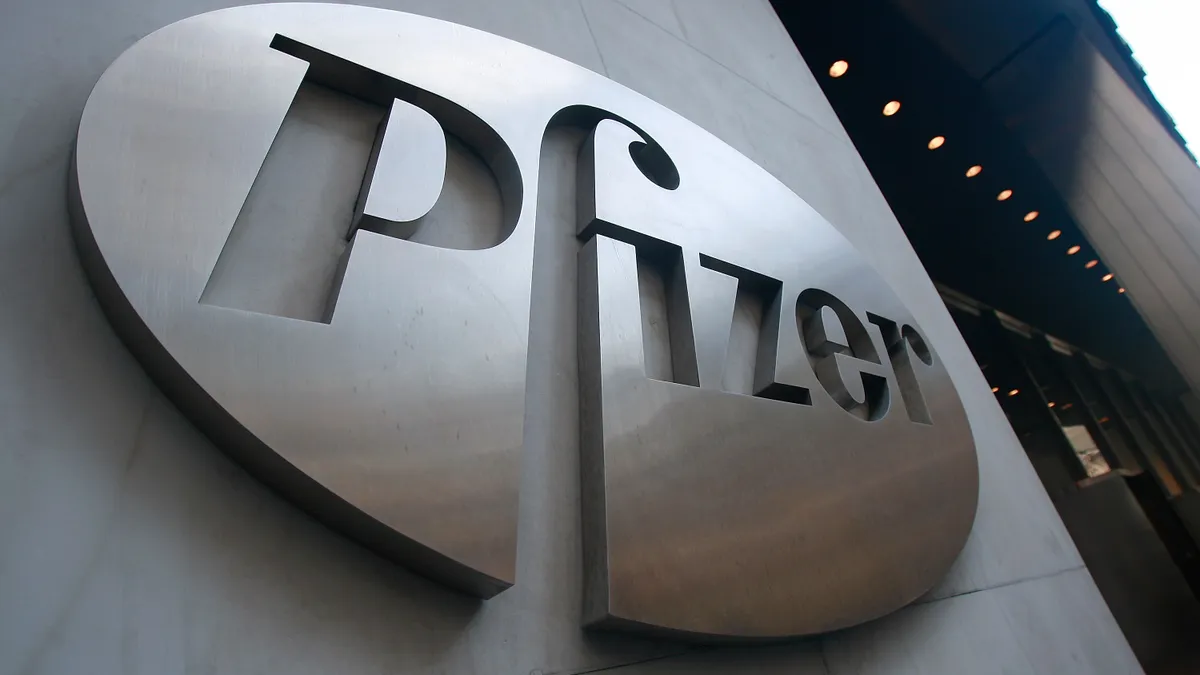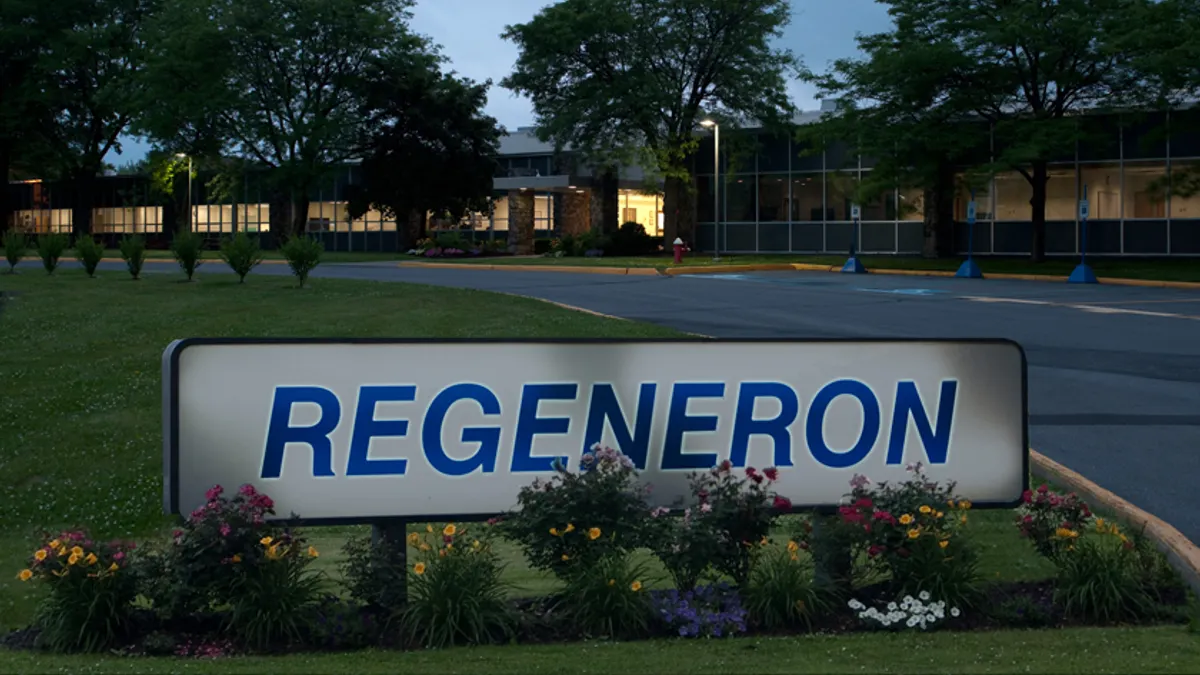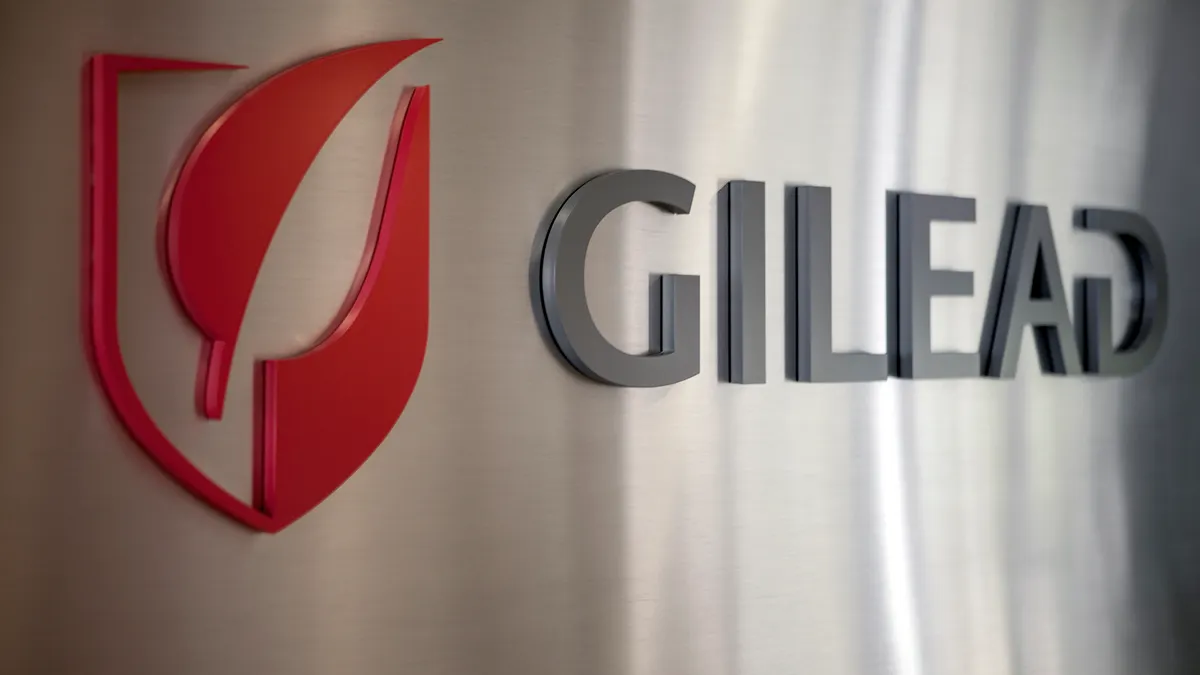Imagine a disease that has no visible symptoms, that doesn't impact a patient's life until it practically kills them. Now, imagine that disease is already affecting as much as 12% of the adult population, and is expected to increase in prevalence by 63% by 2030.
But you don't have to imagine; it's a reality.
NASH, or non-alcoholic steatohepatitis, is a symptomless disease that most people don't know they have until they need a liver transplant. Spurred in part by rising global rates of obesity and diabetes, NASH is becoming increasingly prevalent. No approved treatments exist yet, but some analysts expect the market to be worth between $20 and $30 billion by 2025.
That revenue-generating potential has pharma salivating; NASH has spurred a deal frenzy in recent years with big biotechs and pharmas like Allergan, Johnson & Johnson, Gilead Sciences, and Novartis jumping into the fray. Yet, that M&A activity has begun to wind down after a peak in 2016, as the industry waits for more assets to mature.
Hot and heavy
The Strategic Transactions Database estimates 20-plus alliances involving NASH drugs, and 12 outright acquisitions in the space since 2011.
"There's been a tremendous amount of deal activity within NASH in the last 18 to 24 months," said Neel Patel, managing director of commercial strategy and planning at Syneos Health Consulting, in an interview with BioPharma Dive.
"There's a lot of interest because it has the potential to be a blockbuster market."
Notably, Syneos Health called out NASH — along with CAR-T and other gene editing technologies — as a hot area for dealmaking in its 2017 Dealmakers' Intentions Study.
Patel pointed out that deal composition was mixed between licensing deals and acquisitions, but that many of the agreements had larger upfront payments due to the high demand for assets.
For example, Gilead dropped $400 million upfront, with the promise of another $800 million in milestones, to acquire Nimbus Apollo, a subsidiary of Nimbus Therapeutics, in 2016. Prior to that, Gilead dished out $470 million to pick up a NASH asset from Phenex Pharmaceuticals.
That same year, Allergan took its spot as a significant dealmaker in the space. The specialty pharma made two noteworthy plays, paying $50 million upfront plus milestones for Akarna Therapeutics, and $1.7 billion to acquire Tobira Therapeutics. It also paired up with Novartis in 2017 to test one of the Tobira drugs in combination with a farnesoid X receptor (FXR) agonist the Swiss pharma picked up from a deal with Conatus Pharmaceuticals.
Elsewhere, Boehringer Ingelheim has made alliances to establish its own position in the space. The diabetes drugmaker teamed up with Dicerna Pharmaceuticals in 2017, agreeing to pay $200 million to use the smaller company's RNAi technology to develop therapeutics for hepatic diseases, including NASH. In 2015, Boehringer snapped up the worldwide rights to a Phase 1 candidate from Pharmaxis for the disease.
And Japanese pharma Takeda Pharmaceuticals, which recently signed on to acquire Shire and its NASH assets, already has a few of its own in development through a partnership with Arcturus and another discovery deal with HemoShear.
A brief hiatus
While NASH is considered a hot space, Patel anticipates a pause in deal activity due to a number of factors, including the volume of deals that already took place, and the development phase of existing assets.
"We are expecting a slowdown. Major players have placed their bets and are probably going to wait until the next clinical inflection point before making any dramatic decisions," said Patel.
That inflection point is the wave of late-stage data expected over the next couple of years. Many of the assets that were acquired in the spate of deal activity are now reporting out Phase 2 results and moving into Phase 3. Some are even expected to hit the market in the next two to three years.
"We're exiting a period with a flurry of activity and there is going to have to be some digestion of what dealmakers have brought into the pipeline," he added.
Like the other liver disease hepatitis C, NASH is likely to be an area that depends on combination therapies.
"Given that NASH is a multifactorial disease, combination approaches are likely to yield the greatest success through their ability to target multiple stages of NASH progression. There is a growing consensus in the field that combination approaches are likely the way forward for treating NASH," wrote Evercore ISI analysts in a September 2017 report.
Expect this to mean further partnering as more data is reported on each of the mechanisms of action being studied.
But Patel isn't the only one who believes the NASH dealmaking market will be turned down to a simmer; the Chief Scientific Officer of Novo Nordisk, Mads Krogsgaard Thomsen, who is helping the Danish drugmaker build a pipeline in NASH told The Pharma Letter in 2017 as much.
"It's a market that doesn't exist, but everybody thinks that it will be a huge market, so we've seen dealmaking as if there were no tomorrow ... So, it's an example of an area that becomes 'sexy' and 'hot' but we all need to moderate our expectations and just follow the usual way, where things take time," he said in the report.
But don't think that this is the end of NASH-related M&A. It is all a matter of supply and demand.
According to a report published last year by Global Markets, there are nearly 100 assets in preclinical and discovery phases. Deals in the space are likely to pick up again as those assets move through into clinical testing and become further de-risked in later stages.
"There's a lot of capital available to companies in the market and many companies are holding onto rights a little big longer to partake in greater economics," said Patel of the upside for sellers.
On the buy-side, recent changes to the corporate tax structure in the U.S. has allowed some pharmas to bring home cash from overseas and allocate more capital to M&A. Expect bigger biotech names in the space like Intercept Pharmaceuticals, Madrigal Pharmaceuticals and Genfit to top everyone's takeout target lists once their later-stage data reports out.
"With the availability of capital, and repatriation, there are a lot of buyers out there with a cash surplus still looking to make deals," he said.


